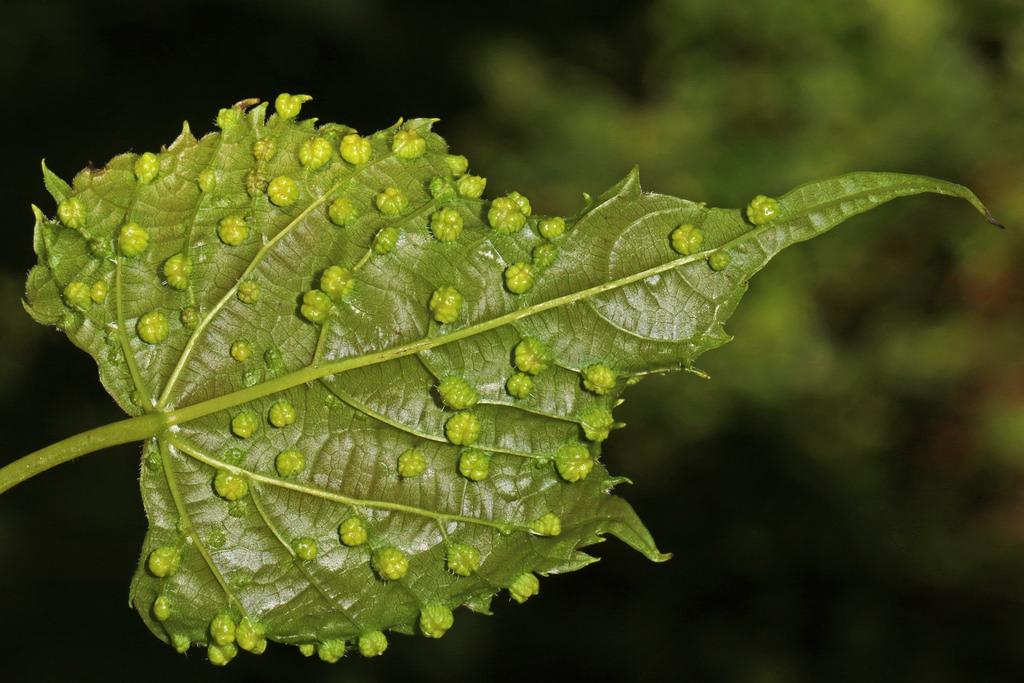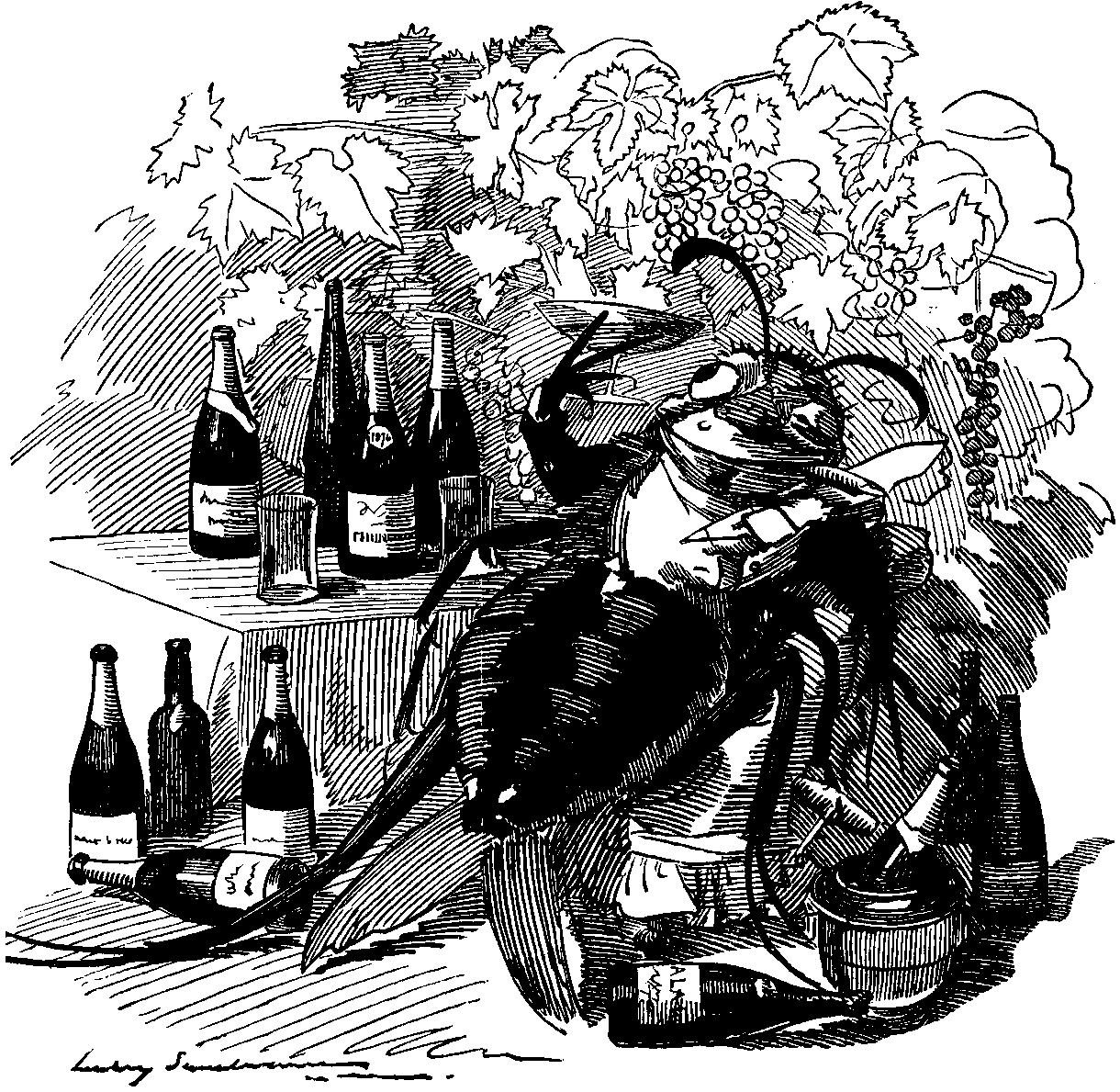The Wine Blight
Posted 29 January 2019
by Jamie Ashcroft

In the 1850s, a mistake was made which would go on to shake the world of wine to its roots. Grape Phylloxera, often just referred to as Phylloxera, is a species of tiny organism from the louse family, unassuming to look at but deadly in numbers. Not deadly to humans, however – their victim of choice was grapevines. In their native land, vines evolved to be resistant to the insects, but in Europe they proved much more susceptible.
Originally brought over from eastern North America, the little critters made themselves at home here in Europe, feeding on the vines that had been, until that point, producing grapes for wines of all varieties. The outbreak began in Britain, having been carried over by English botanists collecting vine samples in America, before travelling to the European mainland to devastate an entire industry. Estimates vary, but ostensibly between 70% and 90% of all European vineyards were ruined. It was in 1863 that vines began to mysteriously die off in Southern Rhône in France; spreading quickly across the country and then the continent, companies and families everywhere were left clueless as to the cause of the wine plague. People’s livelihoods were decimated, entire vineyards destroyed within years – and nobody knew why. French growers began burying live toads under each and every vine, hoping to draw out the toxins, to no avail. The French Minister of Agriculture and Commerce even offered a bounty the equivalent of what would now be $1,000,000 to anybody who could find a viable cure for the disease.
The only method to prevent the epidemic was one developed by a French and an American scientist, J Planchon and C Riley, and saved the wine industry as we know it. Their idea was to graft the European grapevines onto rootstock of American varieties, resistant to the bugs they’d grown up with. And it worked! To this day, the majority of European wines are in fact descended from vines of American rootstock – to use old European stock would only end in death by aphid.
Luckily, not all of the continent was decimated by the epidemic; a few small plots owned by Bollinger in Champagne were spared through sheer luck along with seemingly random other plots around Europe, and various islands managed to avoid infestation, Madeira and Cyprus being the most well-known examples. The Assyrtiko grape of Santorini and the Juan Garcia of a small Spanish village called Fermoselle were spared too, but only because the climate and soil in which they grow is not conducive to the louse’s survival.